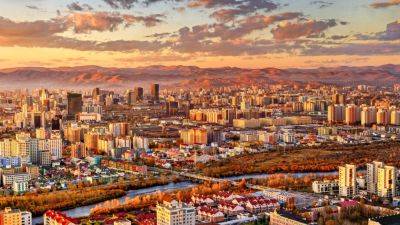Nepal eyes a luxury travel renaissance with new high-end resorts: ‘investors are optimistic’
“Hospitality in the Himalayas has not changed very much in the past 30 years,” said Jason Friedman, who brought the Shinta Mani brand to Nepal alongside the local Sherpa Hospitality Group last year. “We are allowing a whole new demographic of travellers to access these areas.”
When Friedman first visited Nepal – and Jomsom – three decades ago, the country was on the cusp of democratic reforms, with Mustang only opening up to foreign visitors in 1992. But a decade-long Maoist insurgency to end monarchy and feudalism that began in 1996 hit the country’s tourism, one of its major revenue-generating sectors.
But it wasn’t always like that.
The country’s first luxury accommodation was the Royal Hotel – known today as Yak & Yeti. It was opened in 1951 by Russian hotelier Boris Lisanevich, a pioneering figure in Nepal’s tourism industry, in a palace previously owned by the now-dissolved Rana dynasty, which controlled the Himalayan kingdom for more than a century.
In the following decades, Nepal witnessed the birth of some of its most successful domestic high-end brands.
In the 1960s, local five-star hotels such as Hotel Annapurna and Soaltee opened. British adventurer Jim Edwards turned Tiger Tops in southern Nepal into one of South Asia’s pioneering, premium wildlife tourism spots in the following decade, with businessman Dwarika Das Shrestha’s namesake hotel, Dwarika’s, becoming a landmark luxury property showcasing Kathmandu’s architecture.
High-paying tourists were lured by the hard-to-access Himalayan nation’s mythical, mysterious charm. Then came the celebrities, from Hollywood actors Richard Gere and Keanu Reeves, to singers Mick Jagger, Ricky Martin and Sting.
Lisa Choegyal, a sustainable tourism consultant with 50 years of






